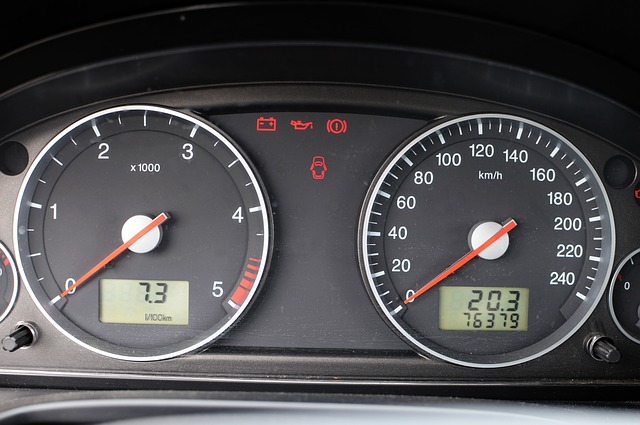
Do you think small, agile city car for the woman and the eyes become your Mini. The reason for such a small production car was quite simple and prosaic. The Suez Crisis entailed a number of difficulties in access to oil. The situation in the UK was so uninteresting that the government considered so. rationing of fuel. Drastically falling prices of large cars, increased demand for small and thrifty. Maximum dimensions, which was hold a vehicle is 3 × 1.2 × 1.2m. This art is not successful, the car turned out to be about 5 centimeters longer, wider and taller by 18 of the 13 has been mounted engine with a cylinder capacity equal to 848 cm3, which allowed for speeds of 16 km / h. The first batch of vehicles went on sale in April 1959 year.
The latest Mini models produced by BMW. These cars are technically in general they are not technically related to the first models. The only similarity between a reference by appearance, front-wheel drive and four-cylinder engine, which was placed laterally. Mini family now includes 4 models. They are: Mini, Mini Convertible, Mini Clubman, the Mini Paceman. Every new version of the Mini belies the idea of the first vehicles produced even by the BMC. Why? Naturally, in terms of resolution. Increased length, width, wheelbase, and a boot capacity.
Every car should, however, be safe. Certainly there are models of damaged and then hammered in the workshop. To make sure that you purchase your car a woman who will not expose her to harm health explore the history of the car. In matters of technical condition do not usually believe the dealer. If you want more assurance get to the story by checking the VIN in the Mini.
Mini VIN decoder – enter body number
Remember that before you buy, check the history of the vehicle. You do this by typing the VIN Number Mini below:
Another important argument for buying a full report is information on whether the car did not enter Poland illegally, to be precise: it was not stolen.
VIN number – what is it?
The VIN, or Vehicle Indentification Number, is a unique vehicle identification number that contains numerous and important pieces of information about a car. The VIN contains information such as country of manufacture, model year, drive type, engine version, equipment options, among others.
VIN numbers were first used in 1954 in the United States. Car manufacturers such as Mini were already marking their cars in this way. Marking of this type began to be used by manufacturers in Europe. However, the first numbers looked very different. It was not until the 1980s (in 1981 to be precise) that the world’s manufacturers, together with the US manufacturers, finally agreed on this issue.
In 1981, the National Highway Traffic Safety Administration in the United States standardised the format. Cars sold should contain a 17-character VIN that does not contain the letters I (I), O (o) or P (q) (to avoid confusion with the numbers 1 and 0).
A common standard has therefore been developed to facilitate the work of the police, insurance companies and used car dealers. From now on, the VIN of each car has 17 characters – letters and numbers.


 EN
EN  PL
PL  RU
RU  DE
DE  HU
HU  EE
EE  LV
LV  RO
RO  SI
SI  CZ
CZ  LT
LT 
